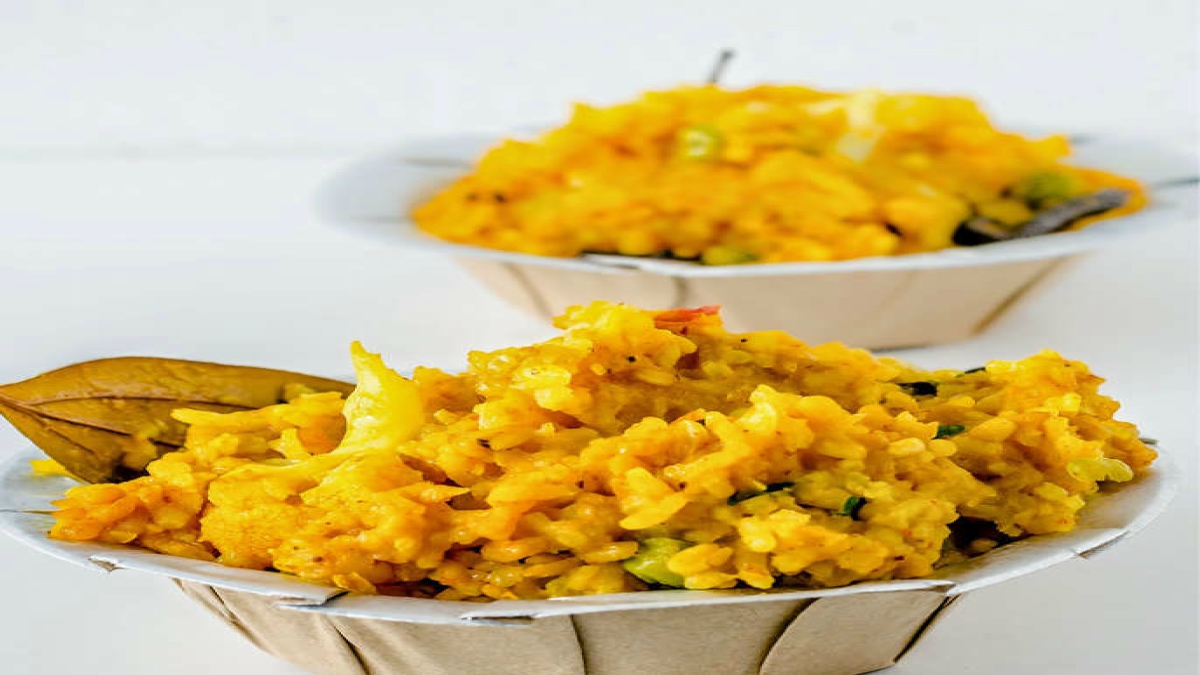


I am inspired by a WhatsApp conversation I had with Sanhita Dasgupta Sensharma, whose home-delivered Durga Puja meal I have just finished praising, to write this ode to the khichuri developed at the Belur Math and now served on festive occasions in Ramakrishna Mission outposts across the country.
My late father used to call it the “chheledhora kichuri”—a khichuri that had been invented to taste so good in order to hook young recruits to the Mission. The khichuri, which was first served at Belur Math in 1901 under the supervision of Swami Vivekananda, who was himself a foodie equally at home with Bengali and French cuisines, does leave a lasting good impression on the taste buds of first-time visitors to the Mission. I can vouch it!
Today, the production of khichuri at Belur Math, where on a regular day 10,000 people have the bhog prasad, is entirely mechanised, but I have seen the khichuri being made by devotees at the Ramakrishna Mission, New Delhi, in the old-fashioned way in giant karahis. The ingredients are short-grained rice, roasted moong dal, potatoes with skin on, cauliflower florets, peas and tomatoes, all cooked with aromatic spices in desi ghee and smoked with camphor, which, I believe, is the killer app. It is the camphor smoke, plus the secret combination of masalas, that give the khichuri its distinctive and divine aroma. Texturally, it is wetter than the dry bhooni khichuri, which is served during the Lakshmi and Saraswati pujas—on the purnima after Dussehra and on Basant Panchami, respectively.